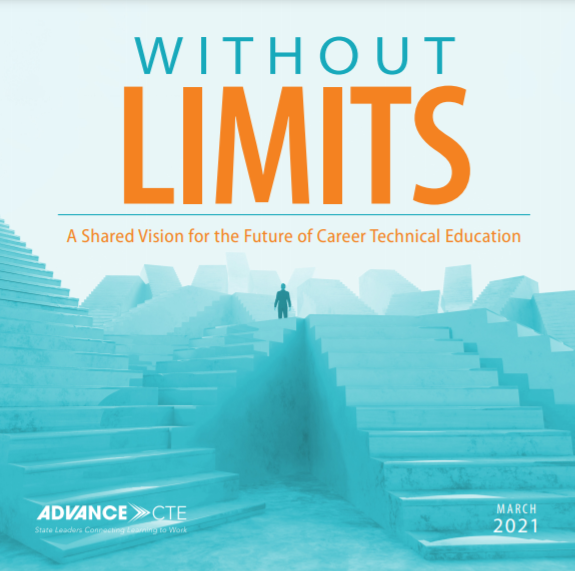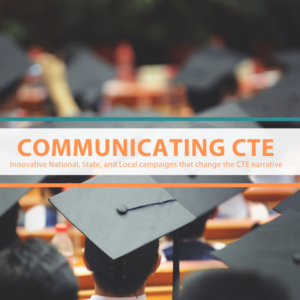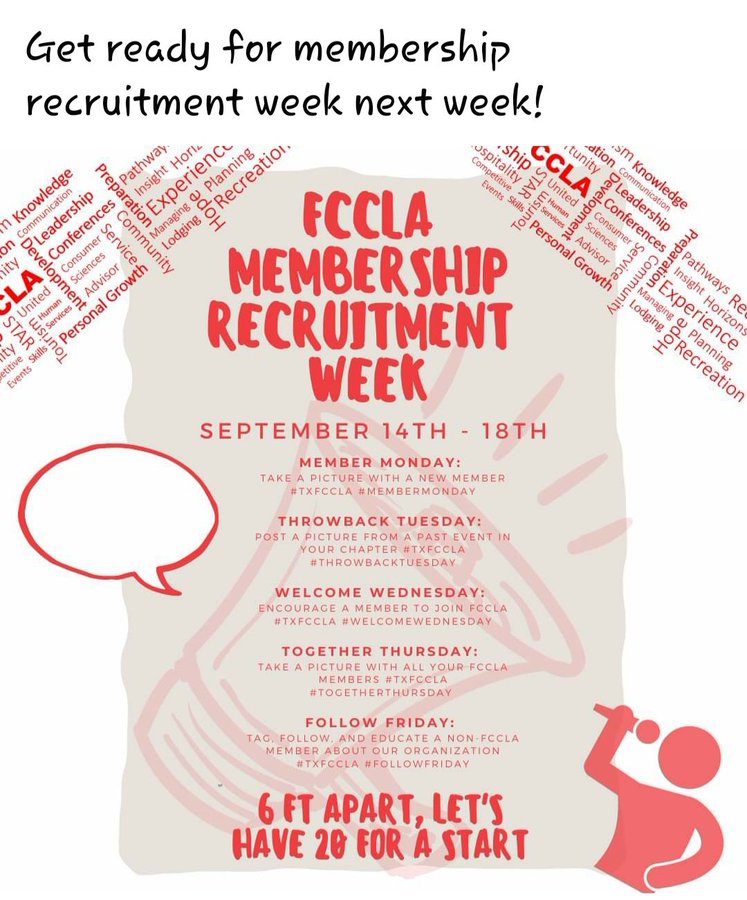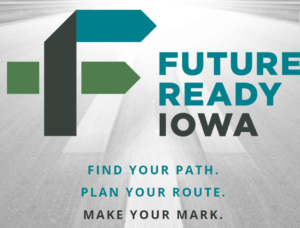This week Congress narrowly avoided a government shutdown after passing an additional short-term legislative measure extending current funding levels for federal programs and operations through February 18, 2022. In addition, the U.S. Department of Education (ED) approved more American Rescue Plan (ARP) state plans while the Federal Communications Commission (FCC) announced new connectivity funding.
 House Passes Short-term Funding Measure
House Passes Short-term Funding Measure
Earlier this fall, lawmakers in Congress were unable to come to agreement on full-year funding for the current 2022 federal fiscal year (FY22). As a result, Congress passed a short-term funding measure to continue government operations past the formal start of FY22 on October 1, 2021. This measure was set to expire today, December 3. Lawmakers hoped to come to an agreement on full-year FY22 funding during this period, but up until late last night had been unsuccessful. To avert a government shutdown and lapse in appropriations for laws like the Strengthening Career and Technical Education for the 21st Century Act (Perkins V), lawmakers have been working furiously this week to pass another short-term extension of current federal funding. This measure, known as a Continuing Resolution (CR), extends current funding levels for a predetermined amount of time to provide Congress more time to work out a longer-term agreement for FY22.
Yesterday, December 2, the House passed a CR to extend current funding levels for federal operations and programs through February 18 with these aims in mind. This measure passed the chamber narrowly, mostly along party lines, by a margin of 221-212. Shortly following House passage, the Senate began consideration of the legislation. The Senate quickly took up the measure after the House, working late into Thursday evening to consider and formally approve it by a much wider and bipartisan margin of 69-28. As these efforts on FY22 unfold further, Advance CTE is continuing to champion robust levels of funding for the Perkins V formula state grant program and is urging Congress to provide longer-term certainty regarding federal funding for the remainder of the current fiscal year.
ED Approves Four More State ARP Plans
Following the ARP passage earlier this spring, ED distributed two-thirds of this funding to states via a prescribed formula. ED held back the remainder of these funds until states, territories, and outlying areas submitted plans detailing how they would make use of these resources to support learners as they recover from the impacts of the ongoing COVID-19 (coronavirus) pandemic. Over the past two weeks, the Department approved four more of these plans, releasing these additional funds to those states and territories. Those receiving approval this week include American Samoa, Puerto Rico, Virgin Islands and Washington. Only a handful of states have outstanding ARP plans awaiting departmental approval. The most current status of all state ARP plans, including highlights of plans already approved, can be found here. Additional coverage of how states are making use of these federal aid dollars can be found here.
FCC Unveils Fifth Round of ECF Dollars
Last week, the FCC announced that it has committed nearly $170 million in new funding as part of the Emergency Connectivity Fund (ECF). The ECF program was first established by ARP and allows eligible schools and libraries to apply for financial support to purchase connected devices like laptops and tablets, Wi-Fi hotspots, modems, routers, and broadband connectivity to serve unmet connectivity needs of learners, school staff, and library patrons at home during the coronavirus. —a key Advance CTE advocacy priority. This most recent funding round is expected to support 492 schools, 70 libraries and 10 consortia to receive 380,000 connected devices and over 135,000 broadband connections. More on the announcement can be found here.
Steve Voytek, Policy Advisor


 Meet Dan Hinderliter! Dan is a State Policy Associate at Advance CTE and supports a number of different national projects. As a site liaison for the
Meet Dan Hinderliter! Dan is a State Policy Associate at Advance CTE and supports a number of different national projects. As a site liaison for the  In March 2021, Advance CTE, with the support of over 40 national organizations, released
In March 2021, Advance CTE, with the support of over 40 national organizations, released 

 In Iowa, Governor Reynolds signed
In Iowa, Governor Reynolds signed  A little over one year ago, Advance CTE launched
A little over one year ago, Advance CTE launched  States across the nation are moving towards the direction of competency-based learning systems, but too often this work is undertaken with the mindset that academic and CTE courses are separate systems.
States across the nation are moving towards the direction of competency-based learning systems, but too often this work is undertaken with the mindset that academic and CTE courses are separate systems.  Putting Learner Success First: A Shared Vision for the Future of CTE
Putting Learner Success First: A Shared Vision for the Future of CTE